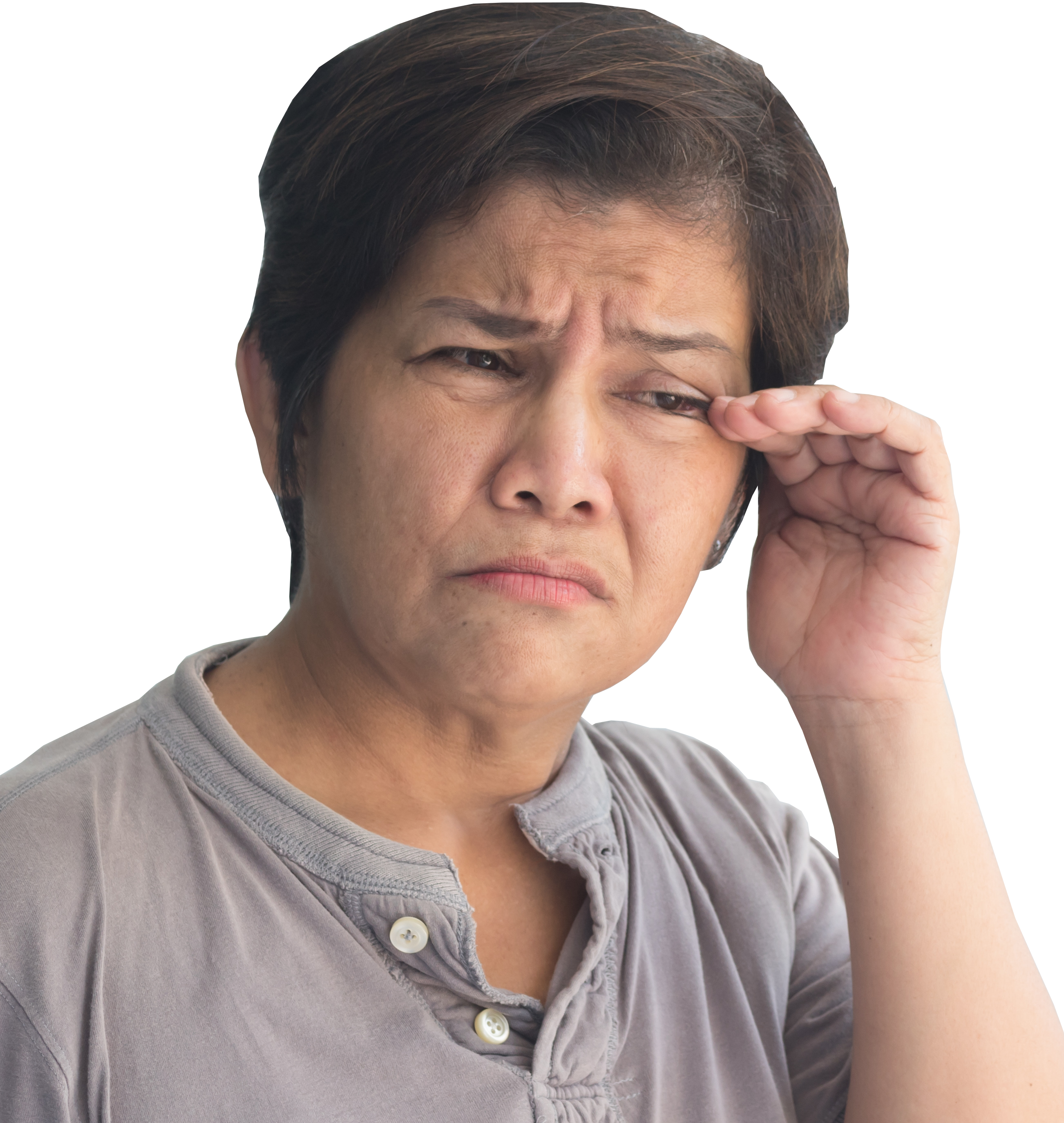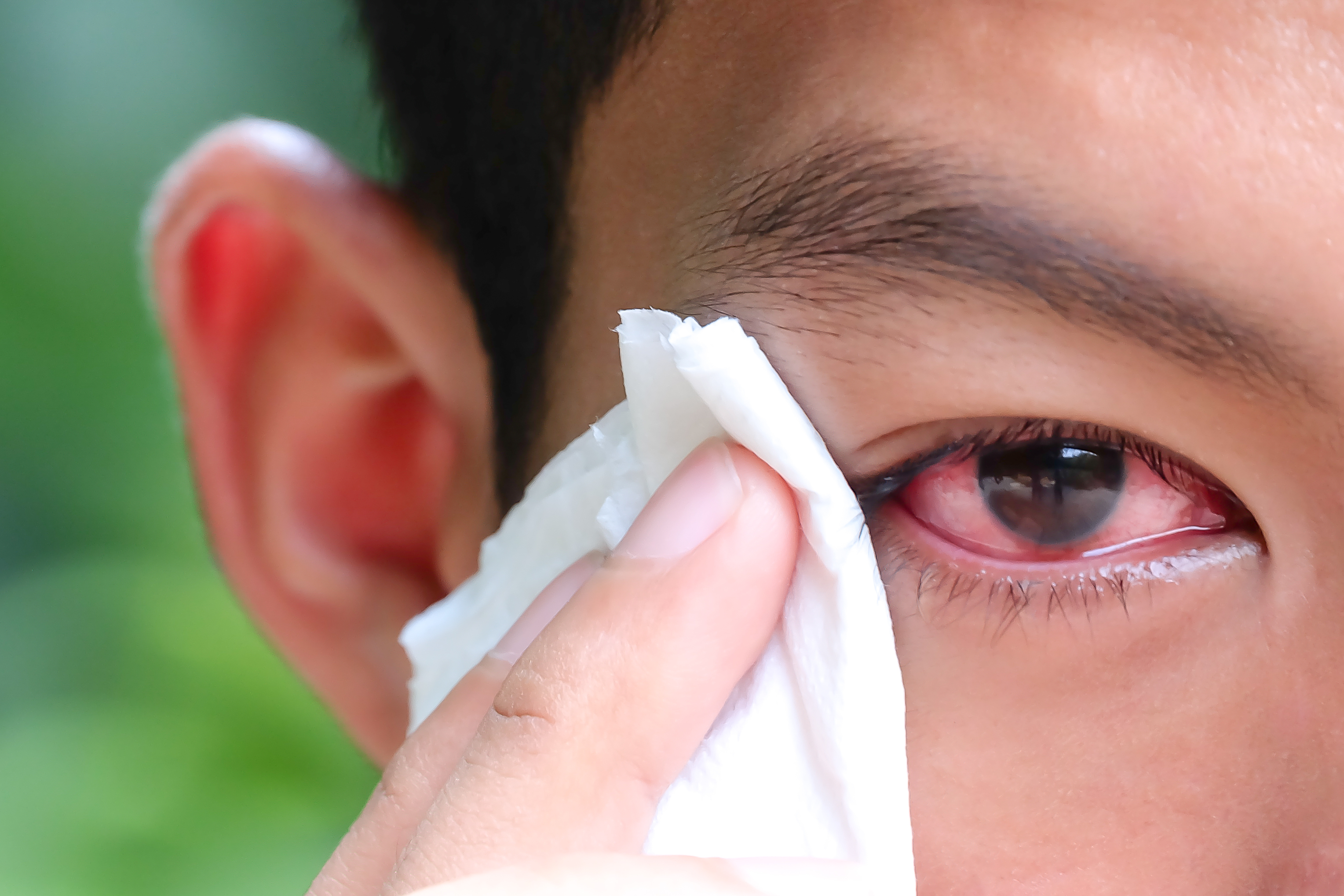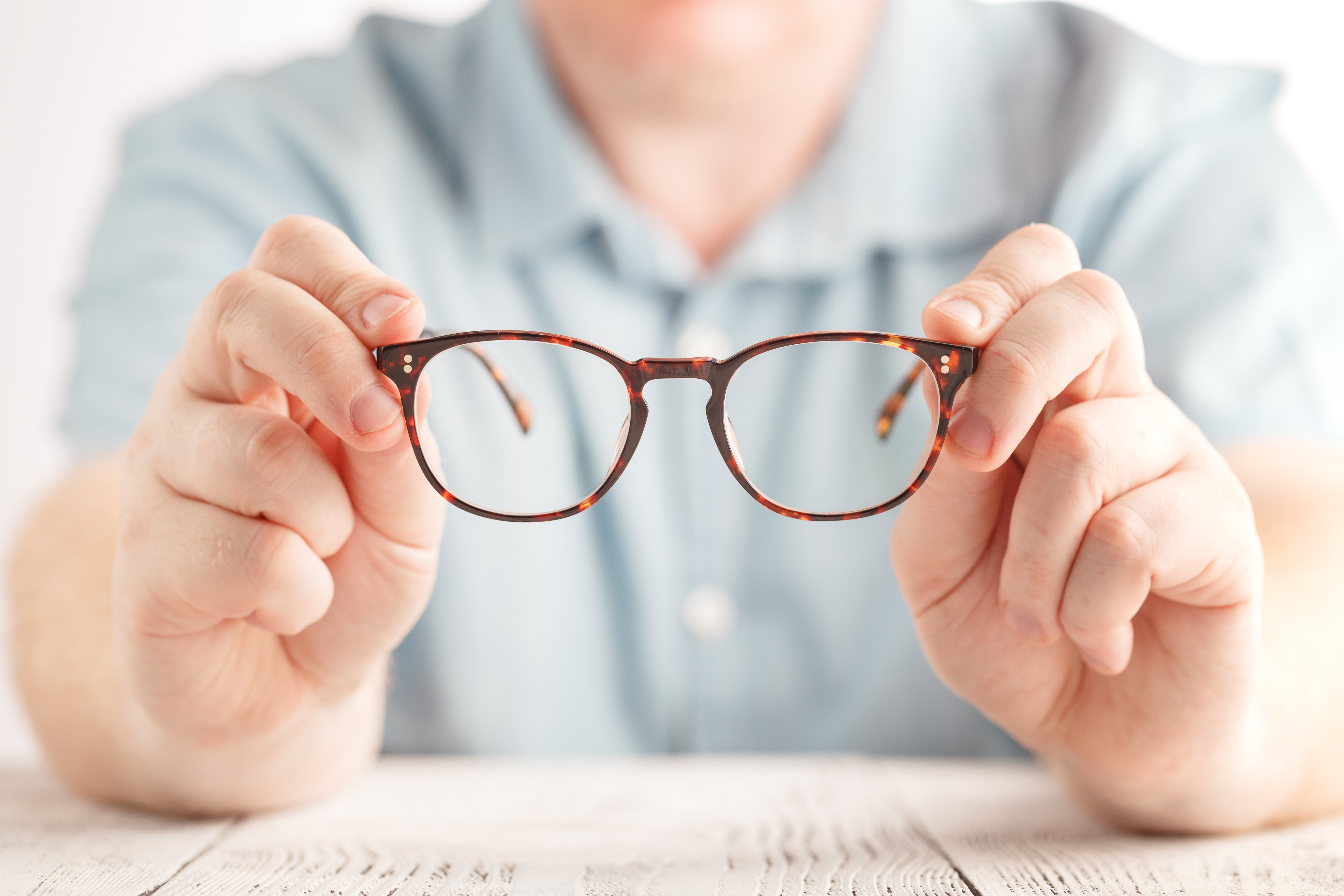I am a 50-year-old woman and my eyelids kept twitching recently. Although it does not affect my daily activities, I am worried that it may be a sign of neurological conditions like Parkinson’s disease. What can I do about it?

Eyelid twitching occurs because of intermittent bursts of electrical activity in the nerves that control your eyelid muscles. To accurately diagnose your condition, it is important to note if it is unilateral or bilateral, and if it involves the face as well.
The most common form of eyelid twitching is eyelid myokymia. It typically affects only the lower or upper eyelid on one side, and is usually caused by fatigue, eye strain, stress, overconsumption of caffeine, and local irritative factors such as dry eyes or excessively oily eyelids (meibomitis and blepharitis). This can last for several days or weeks but is almost always benign, and usually resolves spontaneously or with conservative measures like using eye lubricants or cleaning your eyelids.
Some people may experience hemifacial spasm, in which there is intermittent, involuntary contraction of the muscles of half the face (the eye closes as if it is winking and the same half of the mouth is drawn upwards). This is due to compression of the facial nerve responsible for activating the facial muscles on the same side by a normal pulsating blood vessel in close proximity that has enlarged with age.
In benign essential blepharospasm (BEB), the patient experiences intermittent involuntary spasm and closure of both eyes. It may start with increased frequency in blinking in response to bright light, wind or stress. Then, the patient may find himself or herself closing his or her eyes uncontrollably. Sometimes, the spasm also involves other muscles of the lower face and neck, causing involuntary lip pursing and chewing movements. This is termed as Meige Syndrome. There is usually no underlying cause for this.
Patients with Parkinson’s disease may have blepharospasm, but the incidence is low and is reported to be between 0.9% and 3%. Blepharospasm very rarely precedes Parkinson’s disease.
When should I see a doctor?
If the twitching involves half of your face or both eyes simultaneously and is persistent, it is advisable to seek medical attention.
Treatments for twitching
For common eyelid myokymia, lifestyle adjustments such as getting adequate sleep, taking eye breaks from computer work, reducing caffeine intake, applying lubricating eye drops, and performing lid hygiene may help. For lid hygiene, you may use over-the-counter lid cleansers or baby shampoo diluted with warm water, together with a cotton bud or pad, to gently wipe your eyelid margin near the root of the lashes in a horizontal direction twice a day
Both BEB and hemifacial spasm do not resolve on their own and require medical intervention. For hemifacial spasm, magnetic resonance imaging (MRI) is recommended to exclude a compression of the facial nerve on the same side. If a blood vessel is found to be compressing on the facial nerve, neurosurgery can assist to move the offending vessel away from the facial nerve.
For both hemifacial spasm and BEB, Botulinum toxin (Botox) may be injected into the eyelids and facial muscles to relieve the spasms. Repetitive injections are required as the effect will wear off after four to six months.

Dr Loo Jing Liang
Head and Senior Consultant
Neuro-Ophthalmology Department, SNEC
I have been experiencing red, watery and itchy eyes over the past week. I have read reports that some people with COVID-19 developed symptoms affecting the eyes. Is conjunctivitis a symptom of COVID-19? What is the connection between pink eye,
allergies and coronavirus?

Conjunctivitis, also known as pink eye, is an inflammation or infection of the clear tissue over the whites of your eyes and the inside of your eyelids. It usually leads to redness and swelling of your eyes. It can be caused by a viral or bacterial infection, or an allergy.
Several overseas studies published in late April 2020 examined the prevalence of pink eye in people with COVID-19. Out of the total 1,167 people with either mild or severe COVID-19, the researchers found that 0.7% of people with mild symptoms developed pink eye, while it occurred in 3% of people with severe symptoms.
The coronavirus is spread via respiratory droplets, but it can also be spread if people touch an object or surface with the virus, and then touch their mouths,
noses or eyes.
Is it allergies or COVID-19?
One easy way to tell the difference between allergy and coronavirus symptoms is to check your eyes. If they are red, watery and itchy, these are typically signs of allergies. It is important to note that viral conjunctivitis also causes burning and red eyes, but there is usually a watery discharge, which may feel slightly thicker and stickier than tears.
Another key difference between seasonal allergy symptoms and coronavirus symptoms is having a fever. Allergy sufferers do not have fever as a symptom, while coronavirus patients often do.
Doctors would be concerned about coronavirus possibility if you have signs of conjunctivitis along with these symptoms:
-
fever
- cough
- shortness of breath or difficulty in breathing
- bluish colour to lips or face
- chest pain or pressure
- being extremely tired
- loss of smell or taste
- feeling a new sense of confusion
- diarrhoea
- nausea
Protecting our vision against COVID-19

-
Avoid rubbing your eyes, especially in public or if you have not washed or sanitised your hands.
-
Switch from contact lenses to glasses. Wearing glasses can reduce irritation and prevent you from touching your eye.
-
Wash your hands frequently, and avoid touching your face.

Prof Jodhbir Mehta
Head and Senior Consultant
Corneal & External Eye Disease Department, SNEC
Click
here to check out other articles in SINGVISION Issue 1/2021.
